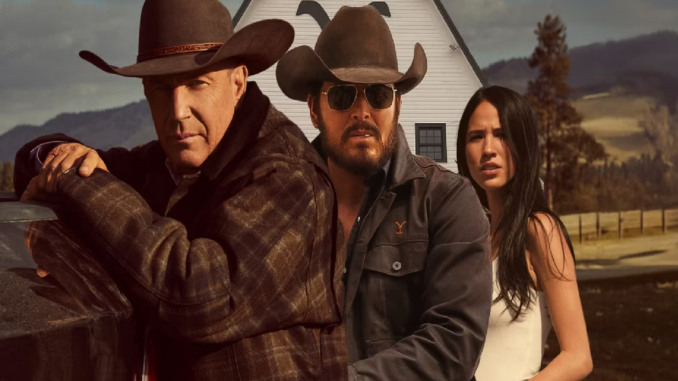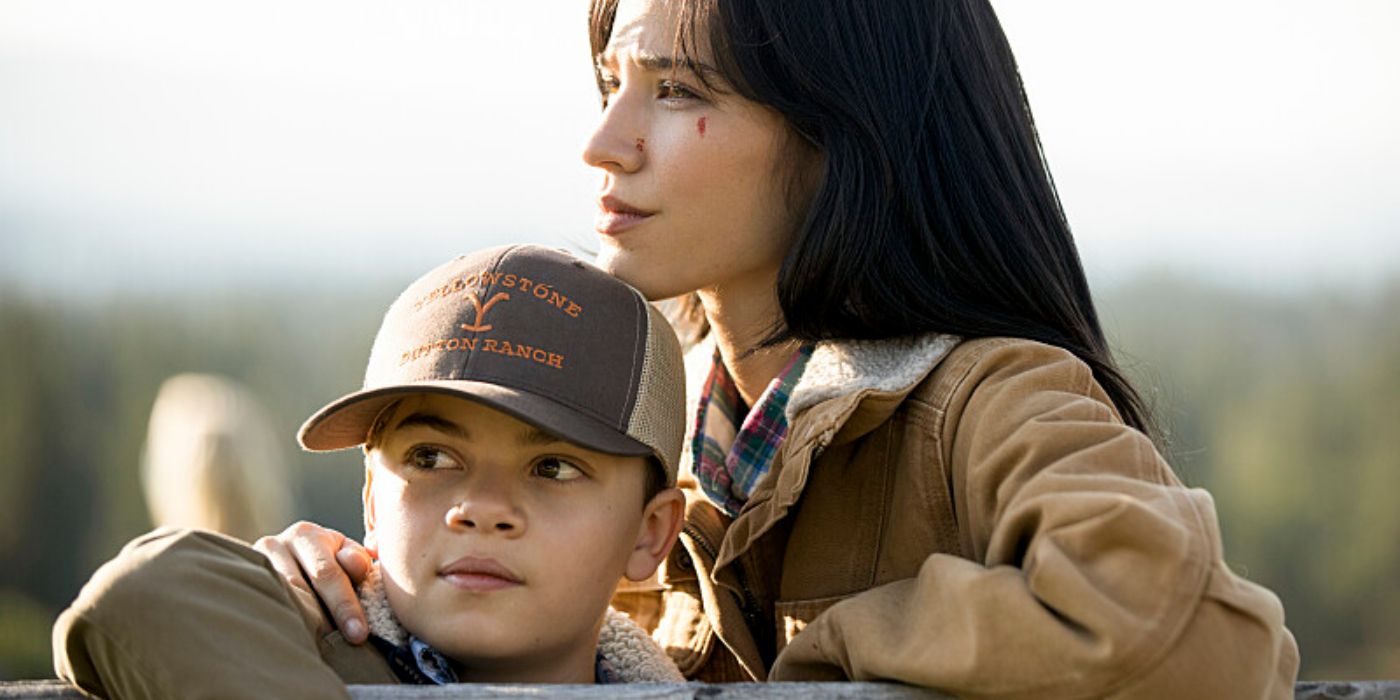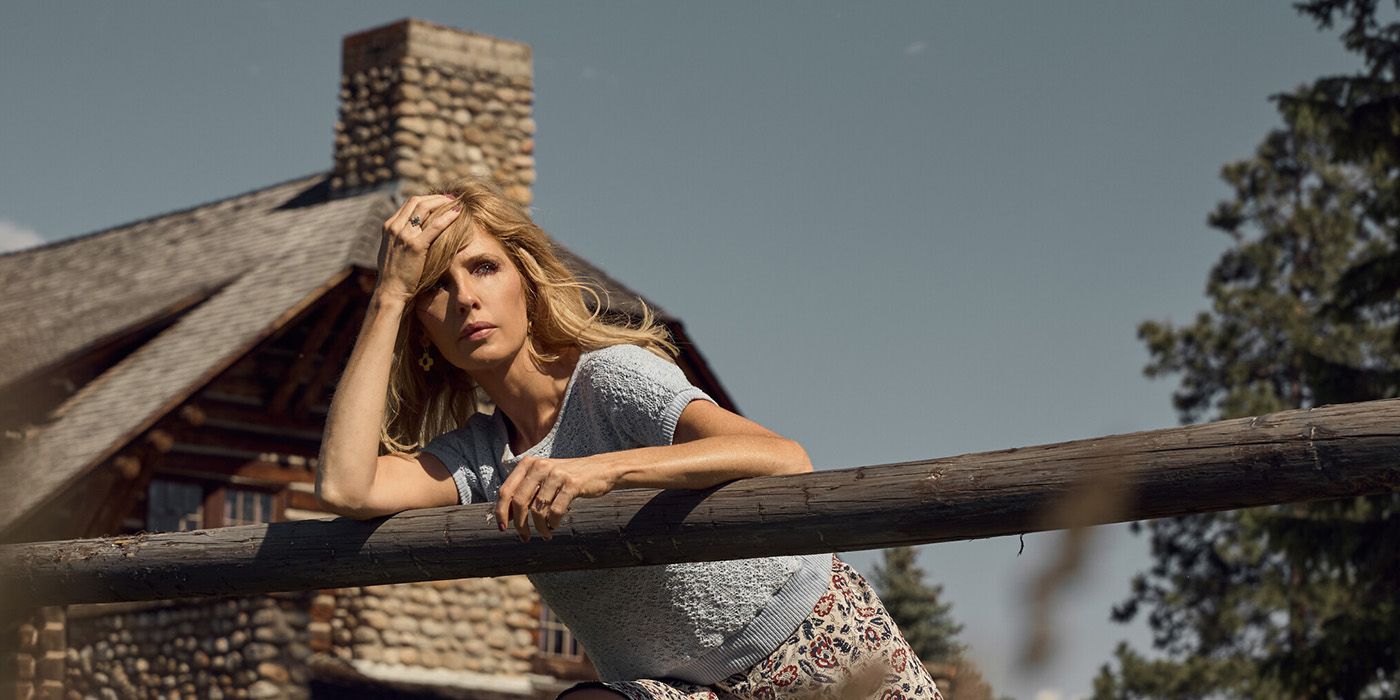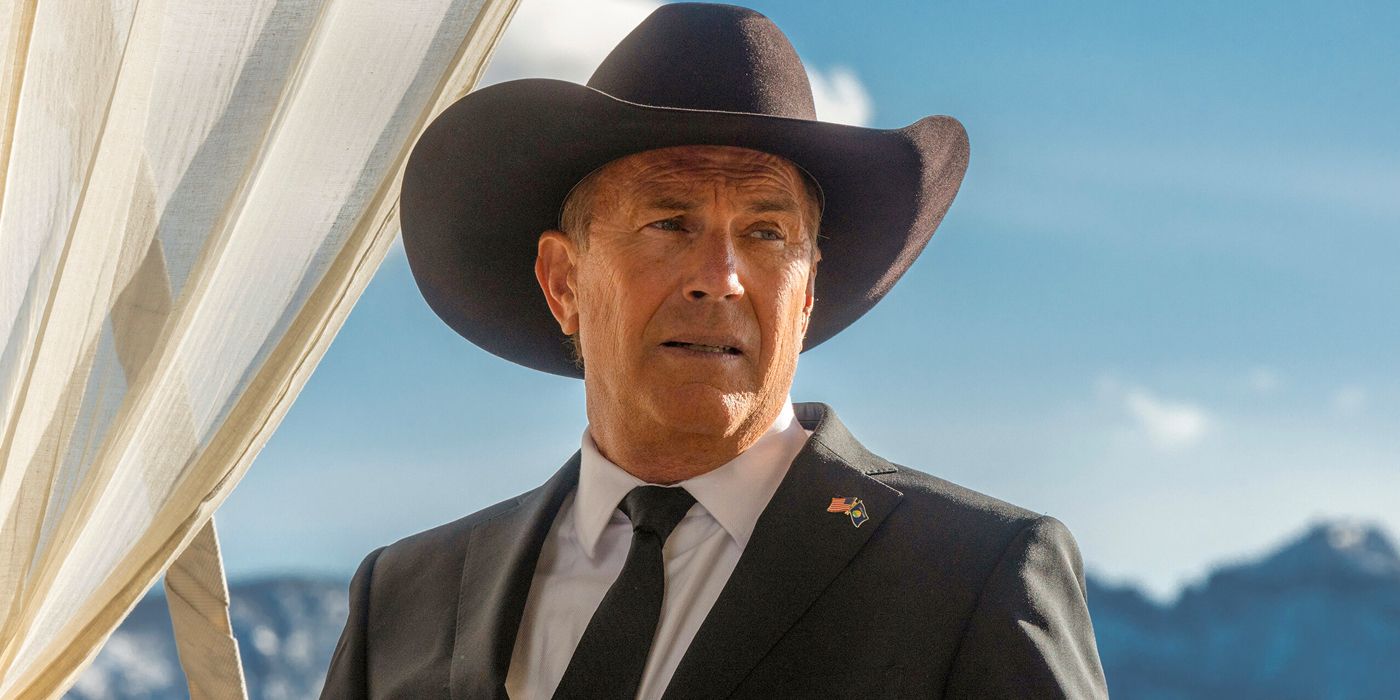
Yellowstone has caught the attention of millions with its sweeping landscapes, complex characters and intense family drama. The Western drama follows the Dutton family, led by John Dutton (Kevin Costner), who fiercely protect their ranch. Across five seasons, the Duttons’ battle to defend their Montana ranch unfolds through gripping storytelling, high-stakes conflicts and an unrelenting exploration of legacy, loyalty, and survival. With riveting drama and cultural commentary, Yellowstone has become a television phenomenon, resonating widely with audiences.
As the end of Yellowstone’s fifth season approaches, viewers might contemplate how the season, arguably less enthralling than earlier seasons, compares to Seasons 1-4. Each season has its strengths and weaknesses, from unforgettable twists to uneven pacing, as the series evolves its narrative. This ranking dives into each season, analyzing its triumphs and shortcomings, highlighting how the series has grown—or stumbled—while portraying the relentless fight for land, power, and family. From the foundation laid in Season 1 to the shocking developments of Season 5—keeping in mind that the finale is absent from consideration, this is how the seasons stack up in the epic saga of Yellowstone.
6. Season 4 (2021–2022)
Number of Episodes: 10

Following a dramatic Season 3 finale, the Duttons recover from a coordinated attack that nearly destroys them. John survives a gunshot wound, while Beth (Kelly Reilly) and Kayce (Luke Grimes) narrowly escape assassination attempts, prompting the family to regroup and fight back. Rip (Cole Hauser) and Beth take in troubled teenager Carter (Finn Little). John runs for governor to protect the ranch from corporate threats, particularly Market Equities and its ruthless leader, Caroline Warner (Jacki Weaver). Meanwhile, Jamie (Wes Bentley) learns his biological father, Garrett (Will Patton), arranged the attack, forcing him to choose between ambition and loyalty. Under Beth’s coercion, he kills Garrett, alienating him from the family. Kayce embarks on a spiritual journey, uncovering unsettling truths about his future, while Jimmy (Jefferson White) matures during his time in Texas at the 6666 Ranch and returns with a new fiancée (Kathryn Kelly). The season concludes with the Duttons facing mounting threats to their land and legacy, setting the plot up for more conflict.
Season 4 falters with a lack of narrative focus and underwhelming resolutions, making it the weakest installment. The cliffhanger resolution feels anticlimactic as every major character survives without lasting consequences, deflating tension. Key storylines—like Jamie’s loyalty conflict and Beth’s adoption of Carter—lack depth, feeling more like filler than meaningful arcs. Jimmy’s subplot in Texas detracts from the main narrative, further fragmenting the season. Character development suffers as John plays a passive role, Jamie becomes one-dimensional and Beth’s exaggerated behavior lacks nuance. Stylistically, the season leans on excessive montages, prioritizing aesthetics over storytelling. The absence of a compelling antagonist, combined with unresolved conflicts and inconsistent pacing, leaves Season 4 unable to match the intensity and cohesion of earlier seasons.
5. Season 5 Part 2 (2024)
Number of Episodes: 6

In this highly-anticipated second part of the fifth season, the Dutton family faces betrayal, murder and a fight for their legacy. John Dutton’s shocking apparent suicide reveals a darker truth: his assassination was arranged by Sarah Atwood (Dawn Olivieri). The loss devastates Beth, Kayce and Rip, while suspicions rise against Jamie, whose alliance with Sarah begins to crumble. Kayce uncovers evidence of foul play, reopening the investigation into John’s death. Sarah’s paranoia leads to her assassination, leaving Jamie politically vulnerable. Meanwhile, Rip struggles to keep the ranch afloat and Colby (Denim Richards) devastatingly sacrifices himself to save Carter. Beth confronts Jamie and strikes a deal with horse trainer Travis (Taylor Sheridan), auctioning Dutton assets to raise funds. Kayce suggests a radical solution—giving away the ranch to preserve its legacy—rekindling hope for the family amid growing losses and betrayals. As tensions escalate, the Duttons prepare for a reckoning to determine the fate of their land and heritage.
Season 5 Part 2 has yet to conclude, so its ranking is based on what has been aired so far. This season offers poignant emotional moments but struggles with narrative flaws and inconsistent pacing. The thematic exploration of legacy, loss, and family dynamics following John Dutton’s shocking death anchors the season, with standout performances from Beth, whose grief drives her pursuit of revenge, and Kayce, whose investigation into his father’s murder adds depth. The series continues to leverage Yellowstone’s stunning landscapes and atmospheric tension, while Beth and Jamie’s psychological warfare brings intensity to the story. However, pacing issues and disconnected subplots, such as Rip’s Texas storyline, sap momentum, while filler scenes and heavy-handed symbolism detract from the urgency expected in a final stretch of episodes. Jamie’s passivity weakens his role as an antagonist, and characters like Monica (Kelsey Asbille), Rainwater (Gil Birmingham), and Mo (Moses Brings Plenty) are overlooked, leaving their arcs unresolved. Established figures like Beth and Kayce exhibit behavior that seems inconsistent. Despite emotional and strong performances, the season suffers from a lack of cohesion, leaving viewers yearning for a conclusion that matches the series’ earlier brilliance. Still, the show could be setting itself up well for a Yellowstone spinoff series.
4. Season 5 Part 1 (2023)
Number of Episodes: 8

The Dutton family faces escalating crises threatening their control of the Yellowstone Ranch. Newly elected Governor John Dutton’s efforts to protect the ranch—halting an airport project and placing the land in a conservation easement—ignite fierce opposition, including a lawsuit from Market Equities and an impeachment campaign led by his adoptive son, Jamie. As John pardons activist Summer Higgins (Piper Perabo), her presence sparks tension, particularly with Beth, who battles Jamie over their father’s fate. Manipulated by Market Equities’ Sarah Atwood, Jamie plots against Beth, while she uncovers the truth about the frequently mentioned “train station” and considers using it to eliminate him. Amid this chaos, Kayce and Monica mourn the loss of their newborn son, finding solace in family while questioning their future on the ranch. A brucellosis outbreak forces Rip to lead a cattle drive to Texas, separating him from Beth and underscoring the ranch’s vulnerability. Tensions with Chief Rainwater and a controversial pipeline add external threats, while wolf predation complicates ranch operations. As the mid-season finale looms, the stage is set for a deadly showdown between Beth and Jamie, intensifying conflicts over land, power, and the Duttons’ uncertain future.
This season retains the show’s breathtaking visuals and immersive depiction of ranch life, while John Dutton’s new role as Montana governor introduces fresh political intrigue. This shift creates new opportunities for fresh and compelling drama. Familiar characters like Beth Dutton continue to shine, and the battle for control of the ranch keeps the tension alive, appealing to dedicated fans. However, the season falters with recycled storylines, such as the ongoing feud with Market Equities and the airport project, which feel stale and diminish narrative creativity. Pacing issues, especially in the slow-starting premiere, frustrate viewers eager for progression. Character development also suffers, with Monica often overlooked and Beth’s sharp edge dulled by a lack of substantial growth. John’s governorship, while promising, portrays him as stubborn and fatigued, undermining his role as a dynamic leader. Despite these flaws, Part 1 remains watchable, offering the political intrigue and interpersonal drama fans expect. Yet, its reliance on past success rather than innovation prevents it from reaching the series’ earlier heights. It’s satisfying but falls short of the compelling storytelling that defines Yellowstone at its best.





